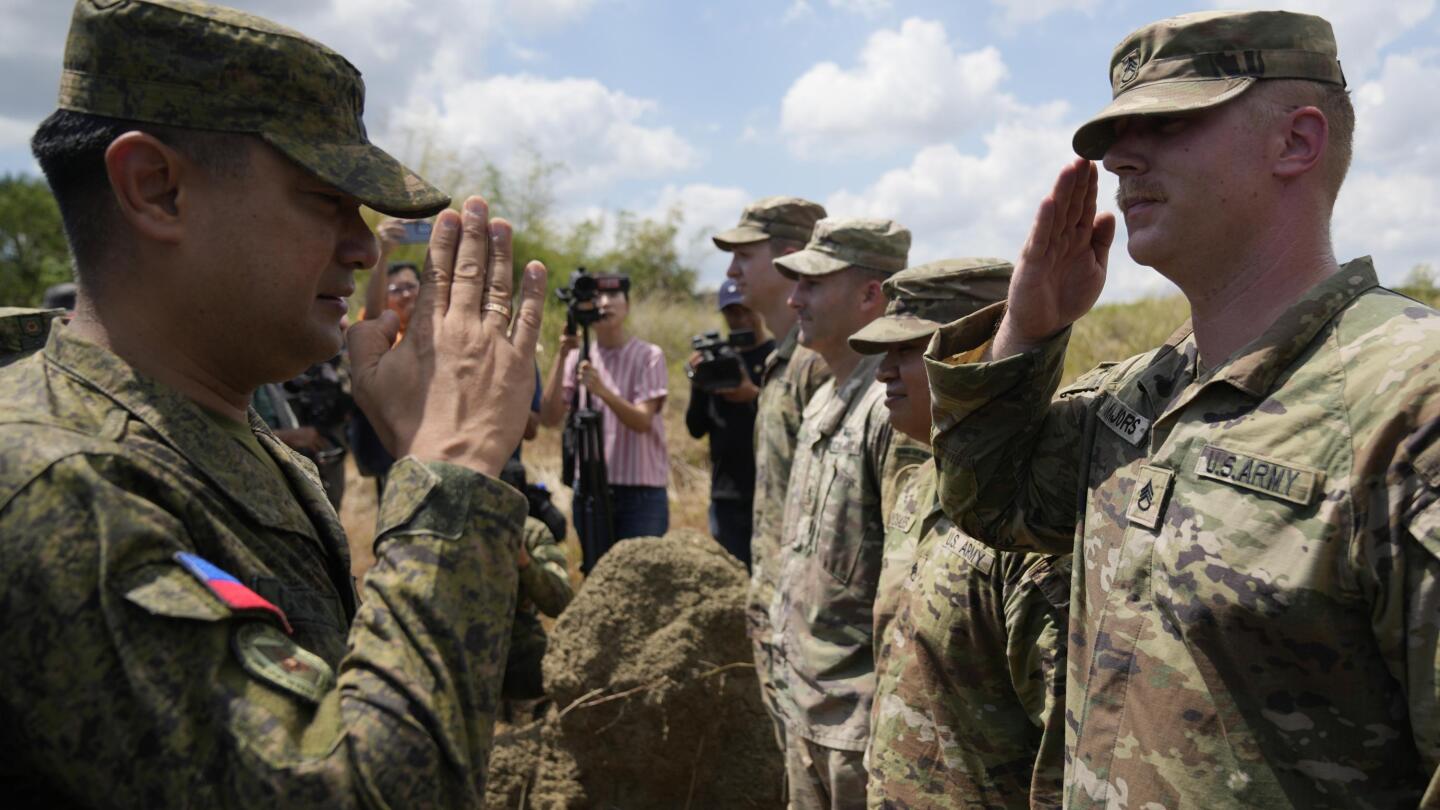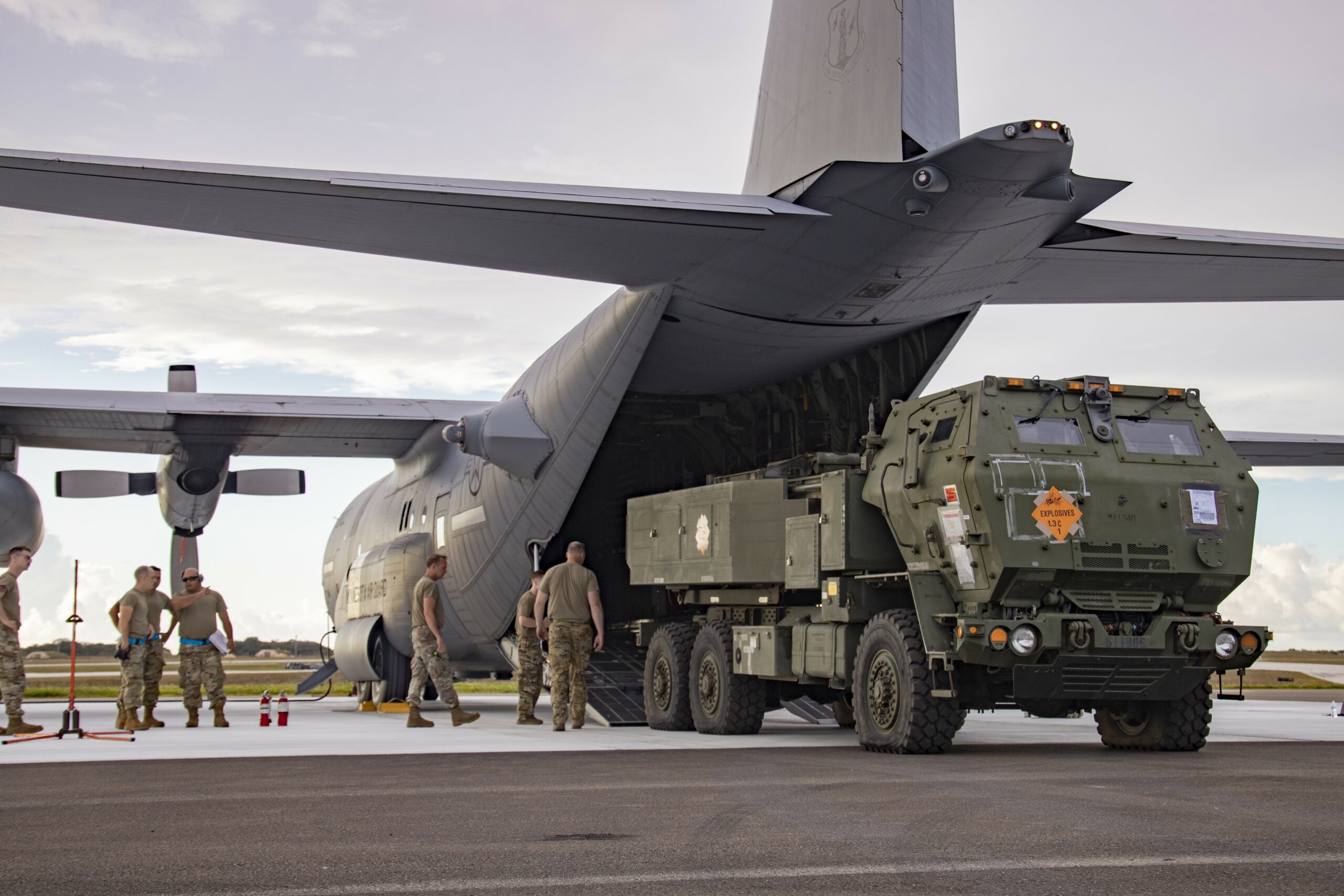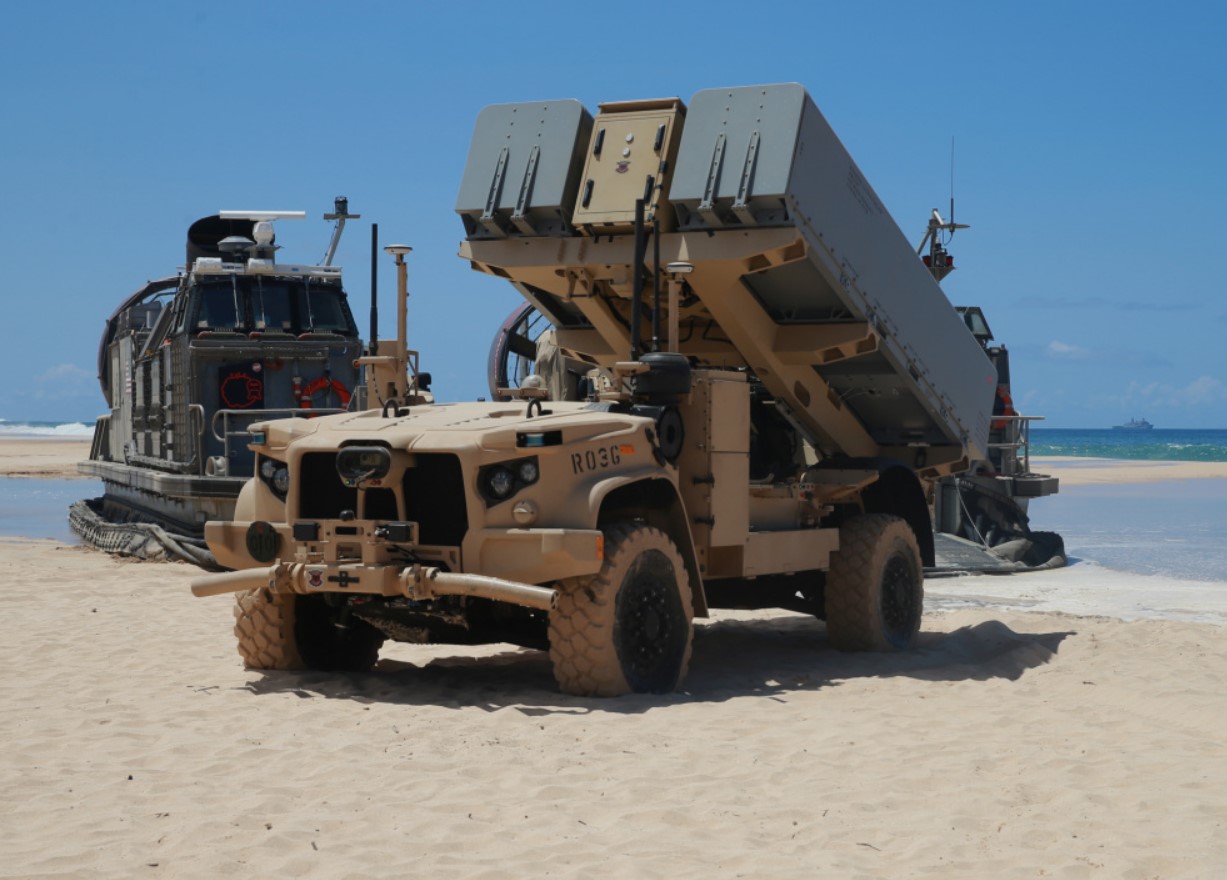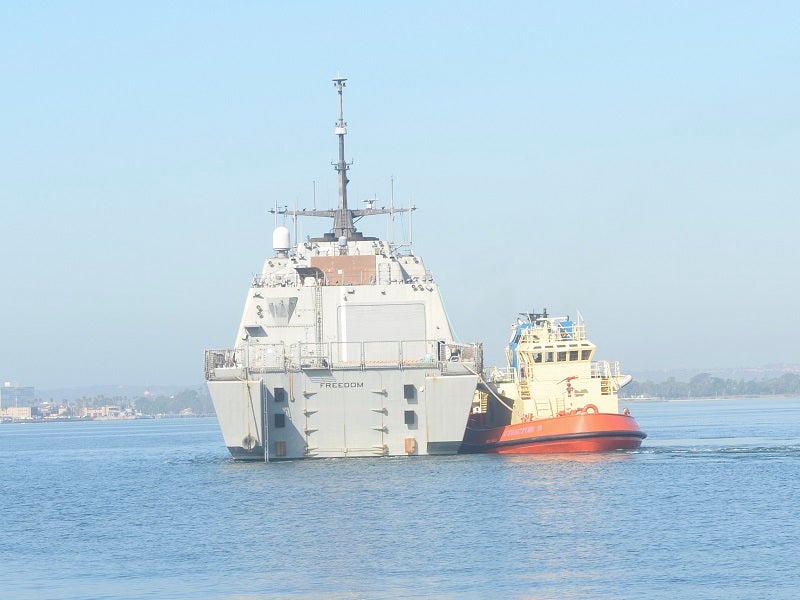- Reaction score
- 11,904
- Points
- 1,160
FYI - Without comment

 www.defenseone.com
www.defenseone.com
Army Would Have 5 ‘Core Tasks’ in a Pacific Conflict
Secretary Wormuth said the service is keenly watching U.S. talks with regional allies over access to bases, including for new weapons.
BY CAITLIN M. KENNEY
STAFF REPORTER
DECEMBER 1, 2021 10:42 PM ET
The Army will have five “core tasks” in an Indo-Pacific conflict, which it can accomplish without a dramatic expansion of its permanent presence, Army Secretary Christine Wormuth said Wednesday.
The first task will be securing and establishing joint bases and staging areas for air and naval forces, Wormuth said during an event on China’s power with the Center for Strategic and International Studies. It will also be prepared to provide “integrated air and missile defense” and quick reaction forces.
This makes the Army the “linchpin service” for the joint force, she said, implicitly shrugging off perceptions that the service plays second fiddle in the region.
In its second task, the Army will operate much of the backbone of a secure communication network and create supply chain networks to forces distributed throughout the region. It will also maintain stockpiles of munitions and forward arming and refueling points.
The Army will also help synchronize, sustain, and defend operations through a scalable joint headquarters as its third task, Wormuth said.
The fourth task is providing ground-based fires such as hypersonic weapons, a mid-range missile, and precision strike missiles, all three of which will begin fielding in 2023, Wormuth said. Those weapons would likely initially be based in U.S. territory, but the State Department and the Pentagon are talking to close allies about overseas locations. “We will be able to interdict fires across sea lines of communication, suppress enemy air defenses, and provide counter fires against mobile targets,” she said.
The Army’s fifth task, if required, will be to counterattack with infantry and aviation “to restore the territorial integrity of our allies and partners,” Wormuth said.
As well, any conflict in the Pacific can be expected to include cyber attacks on critical infrastructure back in the United States. The Army would support civil authorities as they would during a natural disaster, though the scale of cyber attacks would be much bigger, she said.

Army Would Have 5 ‘Core Tasks’ in a Pacific Conflict
Secretary Wormuth said the service is keenly watching U.S. talks with regional allies over access to bases, including for new weapons.


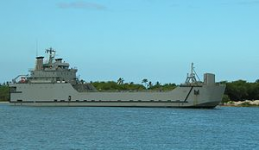


:quality(70)/cloudfront-us-east-1.images.arcpublishing.com/archetype/HS3JPWYQPNF2XMGKAMPKHHHX7A.jpg)
:quality(70)/cloudfront-us-east-1.images.arcpublishing.com/archetype/QSVAVE6MBJDBFBR4LOOQRXOOIM.jpg)
:quality(70)/cloudfront-us-east-1.images.arcpublishing.com/archetype/G52F3HDV4ZHR7NSJDIMVHJRICA.jpg)
:quality(70)/cloudfront-us-east-1.images.arcpublishing.com/archetype/W5N36UYFXND33ARDM6HFHGQROM.jpg)
